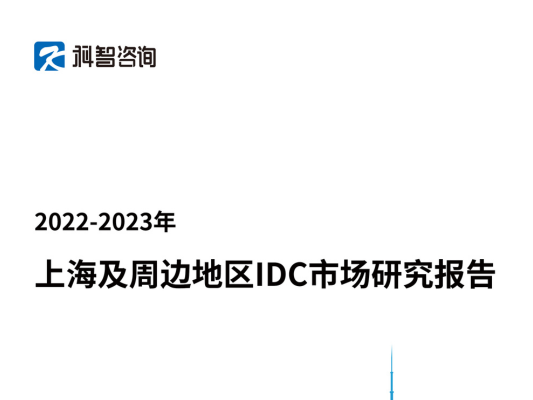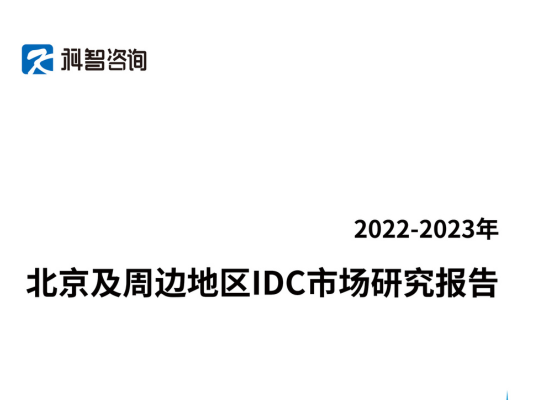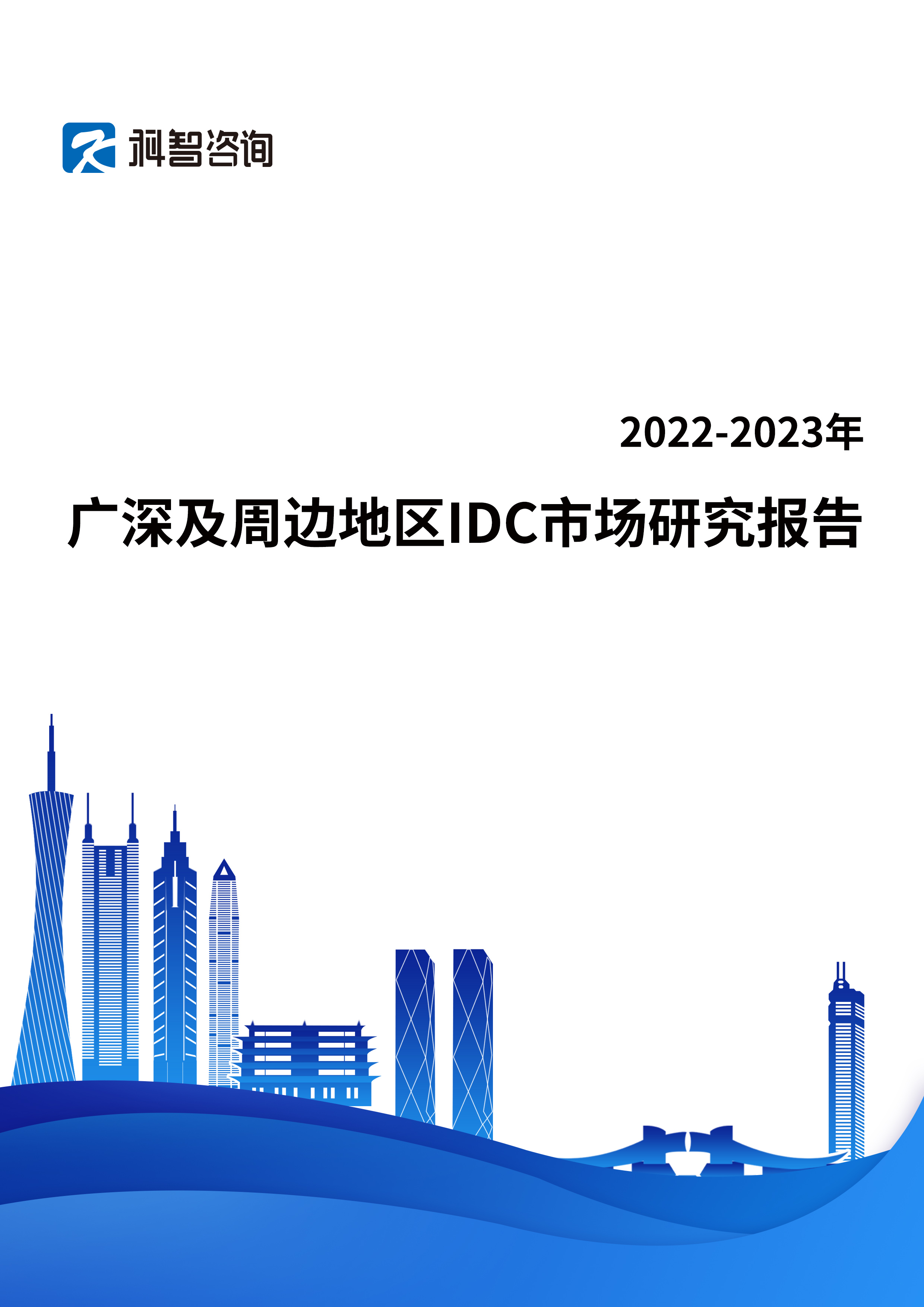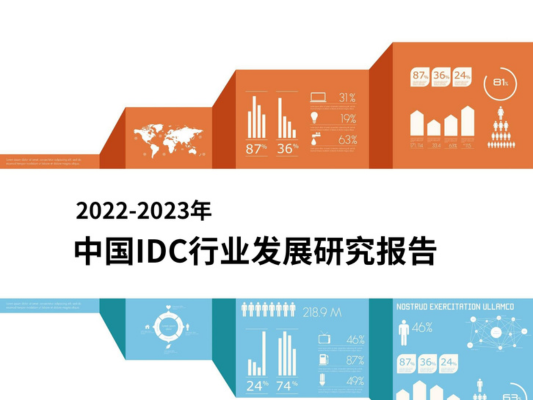In order to guide the regional data center and docking of supply and demand, enhance the application level, guide user’s reasonable selection from data center resources all around China, the Department of Telecommunication Development of MIIT compiled and published <the Application and Development Guideline of Chinese Data Center (2017) > (hereinafter referred as the Guideline), including 3 major parts: overall national brief of data center construction and development, regional guide of data center application development , user guide for data center selection, all above is for reference on regional development planning of data center and scientific and reasonable selection of data center for users.
Overall landscape of national data center development
According to the survey results of the construction and use of national data centers, by the end of 2016, China had 1,641 data centers with 9.952 millions of servers as for overall installed capacity, and the avarage shelf rate reached 50.69%; There are 437 data centers under construction in the planning, with about 10 million servers in terms of planned installed
In terms of network quality, 47% of data centers under usage are directly connected to the backbone network, and the average exit bandwidth is 332GB/s, which is equivalent to an average bandwidth of 500MBt/s for each rack. In terms of energy efficiency, the average PUE of the national super-large data centers is 1.50, and the average PUE of the large data centers is 1.69, and the optimal level is about 1.2.
Application and Development Guideline for Regional Data Centers
The Guideline divided the country into six regions (Beijing and surrounding regions; Shanghai and surrounding regions; Guangzhou, Shenzhen and surrounding regions; Central regions; Western regions and Northeastern regions) and conducted a detailed analysis on the construction and application of data centers.
Considering the national distribution, first-tier cities, i.e., Beijing, Shanghai,Guangzhou, Shenzhen are centralizied with data center resources most, but owing to limited regional carrying capacity, growth of newly construction is slowing down, the available resources are limited, renting prices are relatively high.
In contrast, there are plenty of data center resources available in their surrounding areas, network quality, construction leve, operation and maintenance level are relatively too there, overall rental costs are relatively low.
In addition, the available data centers resources in central, western and northeastern regions are abundant, they large in scale and have obvious price advantages.
Data Center Selection Guideline for Users
The Guidelines raised that network quality, price cost, level of construction, operation and maintenance are key factors to consider when choosing a data center. In terms of network quality, network delay is an important factor influencing the business selection of data center. The Guideline gives the calculation reference method of network delay and the delay requirements of different kinds of business, and users can calculate it according to their needs. The price cost is determined by construction investment, operation cost and supply-demand relationship. The data center of first-tier cities is in short supply, and the rental price is relatively high. While that of the surrounding area of first-tier cities and middle-eastern areas is sufficient supply and the price is relatively low. In addition, factors such as construction level, operation and maintenance level should also be taken into account when selecting a data center.
Compiled by China IDCNOVA, retransmission prohibited without authorization.
For more information, please contact justin@idcnova.com








